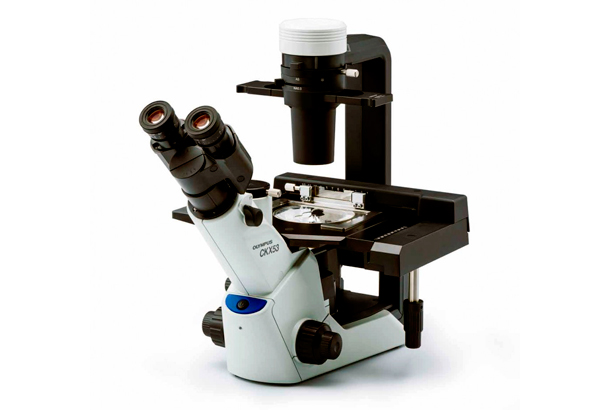An inverted microscope is a specialized optical instrument widely used in various scientific disciplines for the examination of samples that require a different approach compared to traditional upright microscopes. In this article, we will explore the design and functionality of inverted microscopes, highlighting five key features that make them invaluable tools in scientific research and analysis.

1. Objective Placement
In a traditional upright microscope, the objective lens is positioned above the sample, while the light source and condenser are located below. In contrast, an Inverted Microscope reverses this configuration. The objective lens is situated below the sample stage, allowing for the examination of thick or bulky samples such as cell cultures, tissue cultures, and microfluidic devices. This design feature provides an unobstructed view and easier manipulation of the samples.
2. Sample Stage
The sample stage in an inverted microscope is typically flat and spacious, providing ample room for mounting and maneuvering samples. It often includes mechanical controls to precisely position and adjust the sample's position in the X, Y, and Z directions. This allows researchers to focus on specific regions of interest within the sample and perform delicate manipulations, such as micromanipulation or time-lapse imaging.
3. Illumination System
The illumination system in an inverted microscope is designed to provide optimal lighting conditions for observing samples from below. It usually incorporates a combination of transmitted light and reflected light techniques. Transmitted light can pass through transparent samples, while reflected light is used for opaque or metal-coated specimens. The illumination system may feature adjustable brightness, filters, and contrasting techniques to enhance the visibility and clarity of the sample's details.
4. Imaging Capabilities
Inverted microscopes often come equipped with a range of imaging capabilities to capture and document the observed samples. These can include built-in cameras, digital imaging systems, and software for image acquisition and analysis. Researchers can capture still images, record videos, and perform quantitative measurements to study various aspects of the sample's morphology, dynamics, and behavior over time.
5. Versatility and Applications
Inverted microscopes find applications in a wide range of scientific fields, including cell biology, tissue engineering, microbiology, developmental biology, and more. They are particularly useful in live-cell imaging studies, where the ability to observe and manipulate cells in their natural environment is crucial. Inverted Microscope Supplier can accommodate specialized accessories and techniques such as phase contrast, fluorescence microscopy, confocal microscopy, and total internal reflection fluorescence (TIRF) microscopy, expanding their versatility and enabling advanced imaging modalities.
In conclusion, inverted microscope supplier can offer unique design features and functionalities that make them indispensable tools in scientific research. With their objective placement, spacious sample stages, adaptable illumination systems, imaging capabilities, and versatility in applications, inverted microscopes provide researchers with the means to study and understand biological processes, cellular dynamics, and other phenomena with exceptional precision and clarity.




